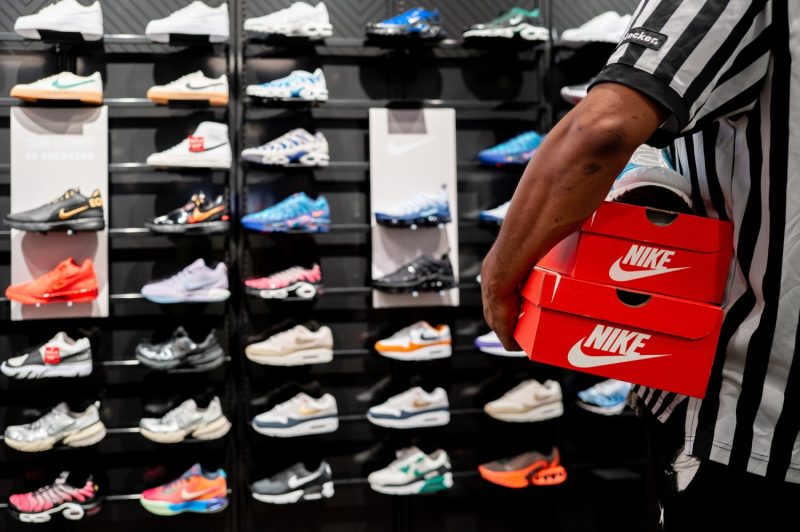
Foot Locker’s Comeback Quest: Bouncing Back Stronger Post-Nike Split
Foot Locker’s strategy of diversification has played a crucial role in their attempted resurgence after the fallout with Nike. By reducing their reliance on a single powerhouse brand like Nike, Foot Locker has been able to tap into a broader market and adapt to changing consumer preferences. This shift in focus has allowed Foot Locker to showcase a more diverse range of products from various brands, attracting a wider customer base and increasing their competitive edge in the retail sector.
One of the key aspects of Foot Locker’s revival strategy is an emphasis on partnerships with emerging brands and collaborations with designers and celebrities. These partnerships have enabled Foot Locker to offer exclusive and unique products that resonate with trendy and fashion-conscious consumers. By curating a selection of exclusive merchandise, Foot Locker has differentiated itself in the market and created a sense of exclusivity and desirability among its customer base.
Moreover, Foot Locker’s investment in technology and digital platforms has been pivotal in expanding its reach and enhancing the overall shopping experience for consumers. By leveraging data analytics and personalized marketing strategies, Foot Locker has been able to tailor its offerings to meet the individual preferences of customers. The integration of e-commerce capabilities and mobile shopping apps has also made it more convenient for customers to browse and purchase products, further driving sales and customer engagement.
In addition to their focus on diversification and digital innovation, Foot Locker has also made strides in enhancing the in-store experience for customers. By revamping their retail locations and creating immersive and interactive spaces, Foot Locker has aimed to provide a more engaging and personalized shopping experience. The incorporation of experiential elements, such as interactive displays and pop-up events, has helped Foot Locker connect with customers on a deeper level and foster brand loyalty.
Furthermore, Foot Locker’s commitment to sustainability and social responsibility has resonated well with consumers who are increasingly conscious of environmental and ethical issues. By introducing more sustainable practices in their operations and partnering with eco-friendly brands, Foot Locker has been able to align with the values of socially conscious consumers and distinguish itself as a responsible corporate citizen.
In conclusion, Foot Locker’s strategic initiatives focused on diversification, digital transformation, experiential retail, and sustainability have been instrumental in driving its comeback post-breakup with Nike. By adapting to evolving consumer trends and leveraging its strengths in collaboration, technology, and social responsibility, Foot Locker has successfully positioned itself for growth and sustainability in an ever-changing retail landscape.
